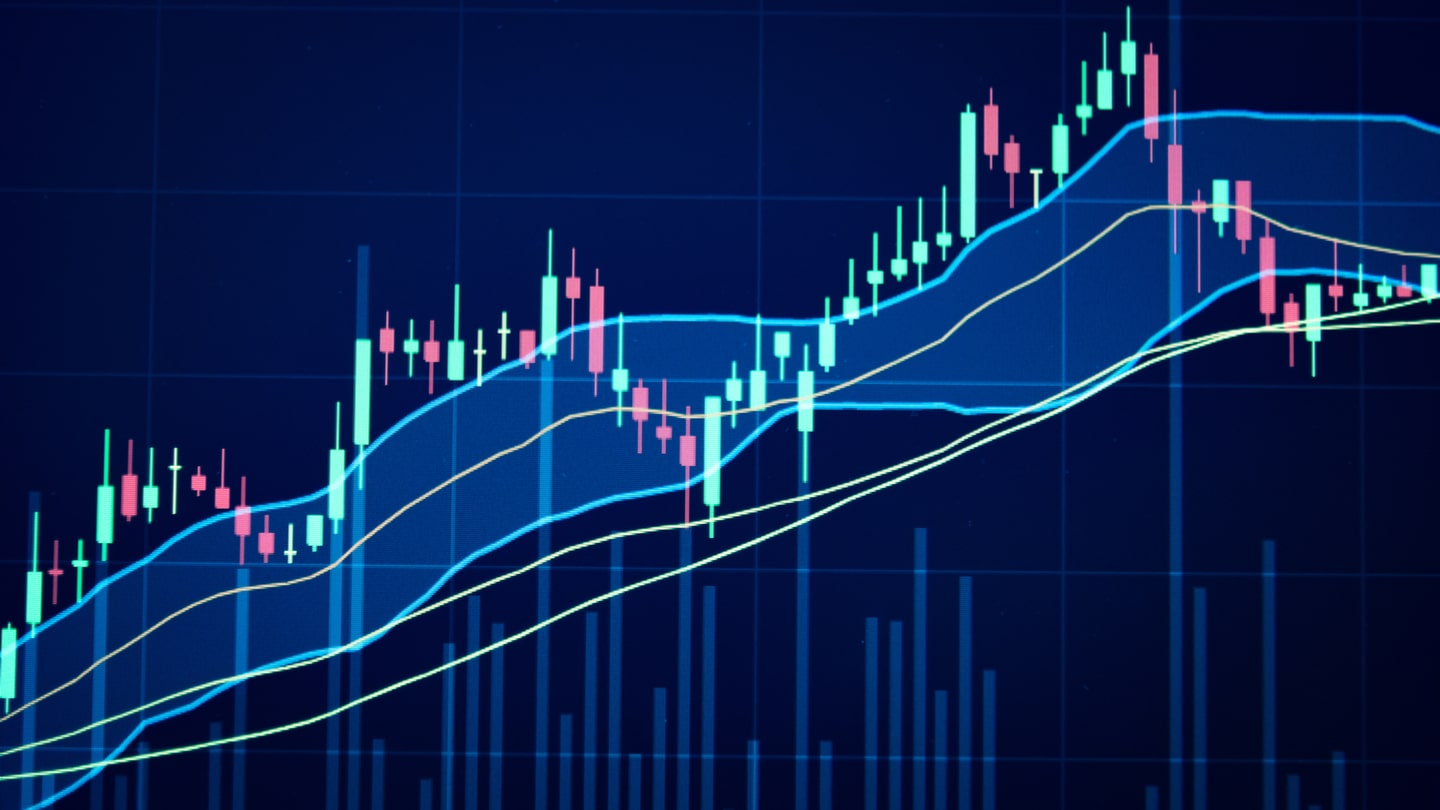Technical analysis is a cornerstone of profitable forex trading, offering trader’s tools and methodologies to predict market movements and make informed decisions. At its core, technical analysis involves evaluating historical price data and trading volume to identify patterns and trends that suggest future price behavior. This approach relies heavily on charts, indicators, and various analytical techniques to guide trading strategies. One of the fundamental tools in technical analysis is the use of charts, such as line charts, bar charts, and candlestick charts. These charts visually represent historical price data and help trader’s spot patterns and trends over different periods. Candlestick charts, for instance, provide detailed information about price movements within a given period, including open, high, low, and close prices. Analyzing candlestick patterns can reveal potential market reversals or continuations, giving traders an edge in predicting future price action.

Indicators play a crucial role in technical analysis by providing quantitative data that complements chart patterns. Popular indicators include Moving Averages, Relative Strength Index RSI, and Moving Average Convergence Divergence MACD. Moving Averages smooth out price data to identify trends, with the Simple Moving Average SMA and Exponential Moving Average EMA being widely used. The RSI measures the speed and change of price movements, helping traders identify overbought or oversold conditions. MACD, on the other hand, highlights changes in the strength, direction, and momentum of a trend, offering signals for potential buy or sell opportunities. Trend analysis is another key aspect of technical analysis. Identifying the direction of the market whether it is bullish, bearish, or sideways is essential for developing effective forex trading support. Traders use trendlines and channels to visualize trends and make decisions based on whether the market is trending upward, downward, or moving within a range. By aligning trades with the prevailing trend, traders can increase their chances of success and minimize the risk of counter-trend trades.
Moreover, technical analysis involves understanding market sentiment and trader psychology. Tools such as Fibonacci retracement levels and support and resistance levels help traders gauge market sentiment and identify potential reversal points. Fibonacci levels, derived from a mathematical sequence, are used to predict potential retracement levels and target prices. Support and resistance levels, on the other hand, are horizontal lines drawn on charts to mark where the price has historically had a hard time moving above resistance or below support. Incorporating technical analysis into a trading strategy requires a disciplined approach and continuous practice. Traders must be adept at interpreting chart patterns and indicators while remaining aware of market news and events that could affect price movements. Combining technical analysis with sound risk management practices, such as setting stop-loss orders and managing position sizes, further enhances the potential for profitable forex trading.
